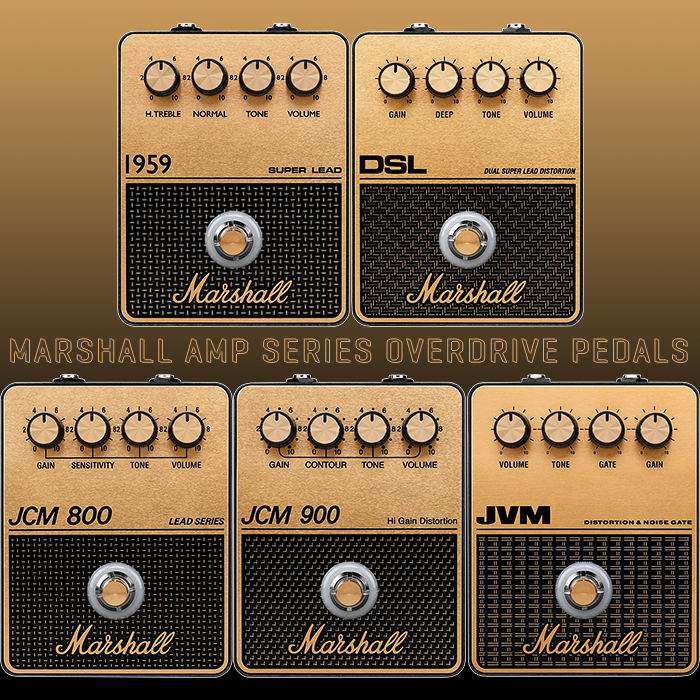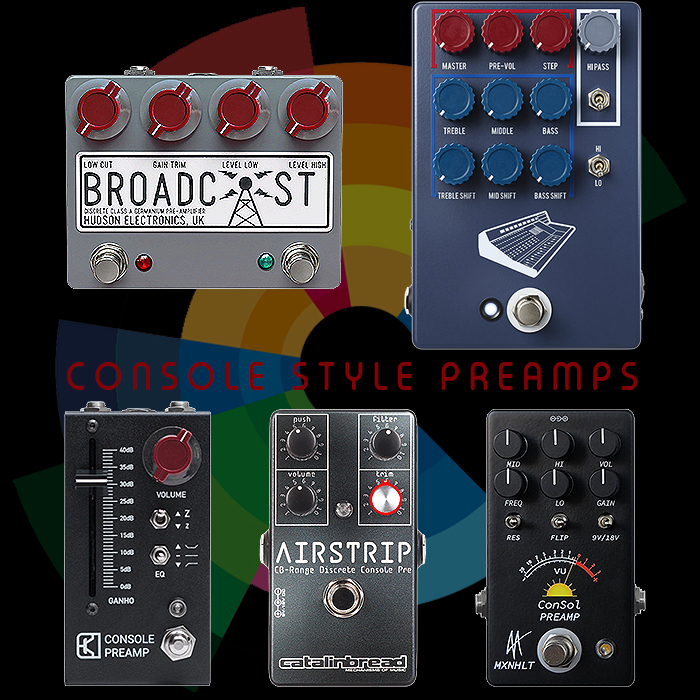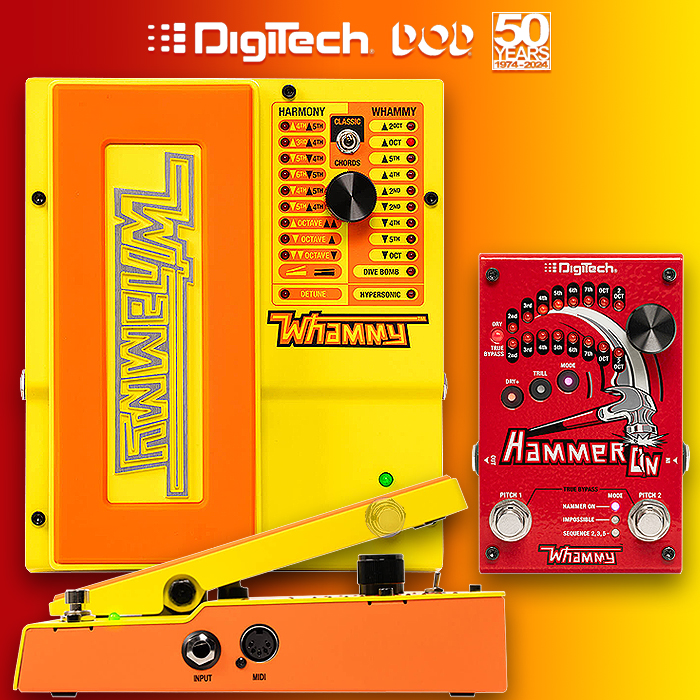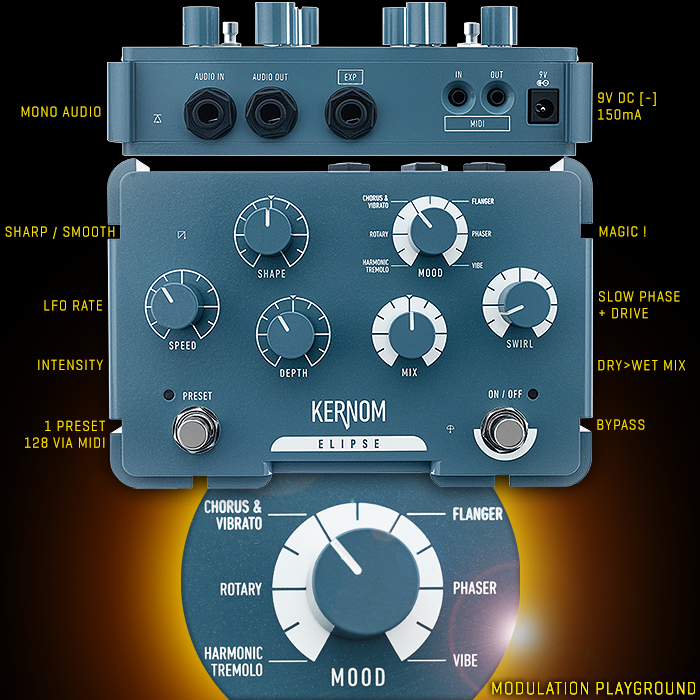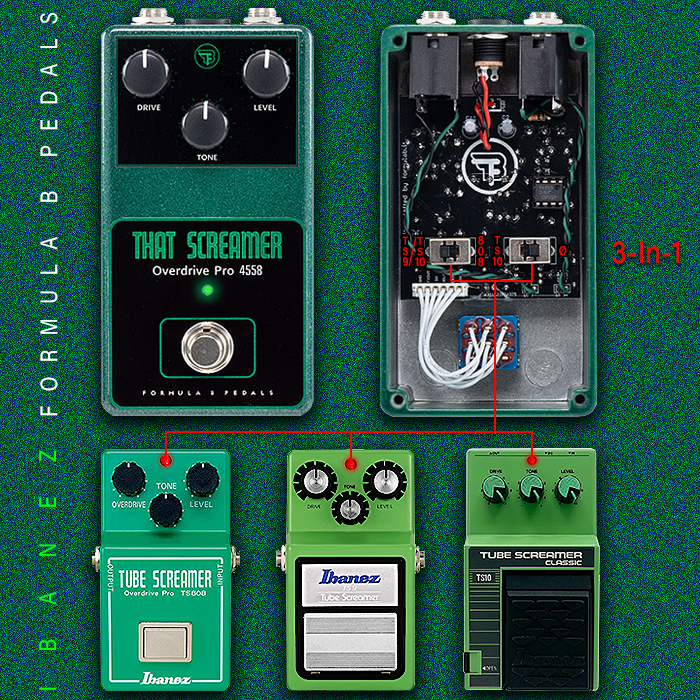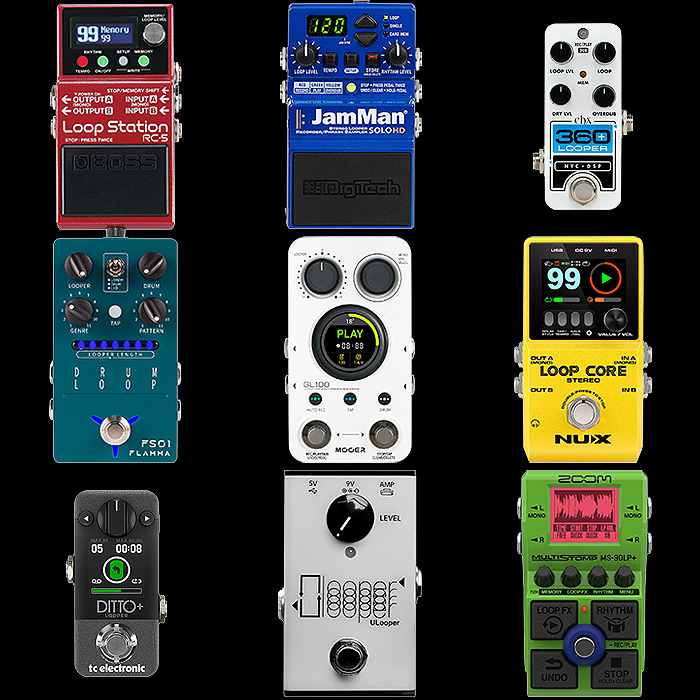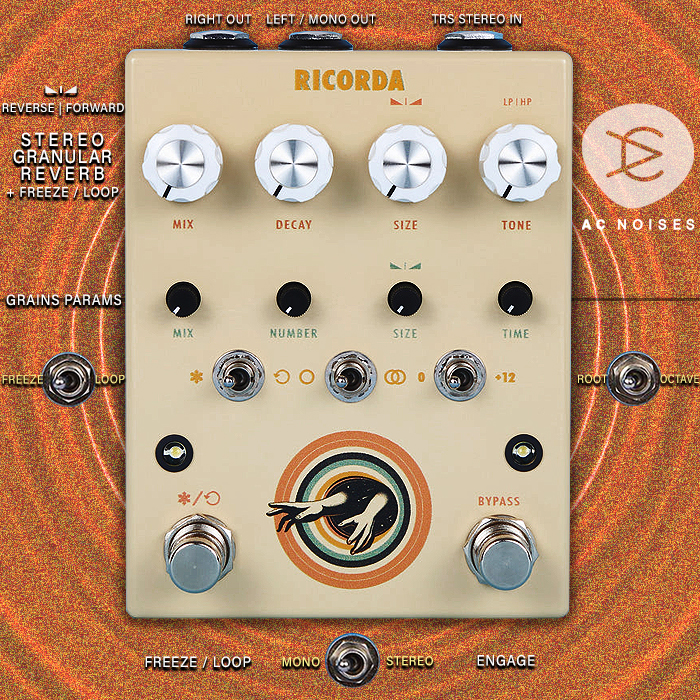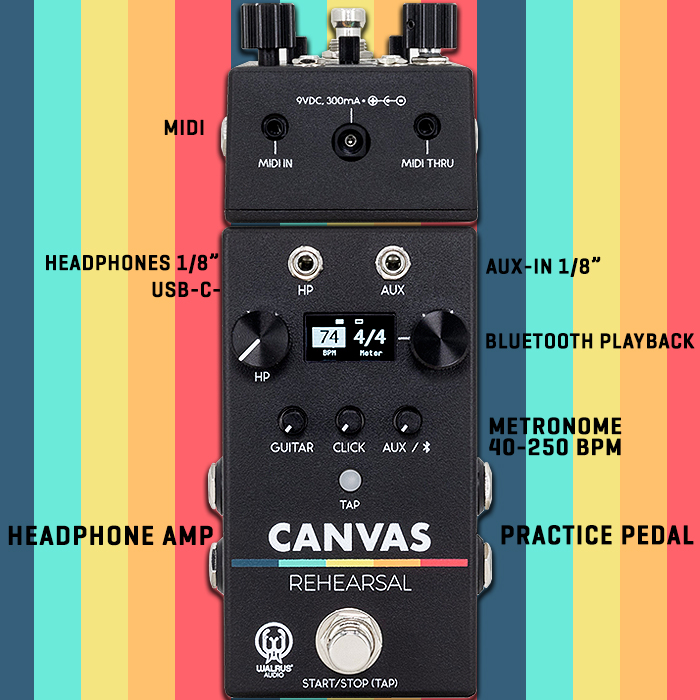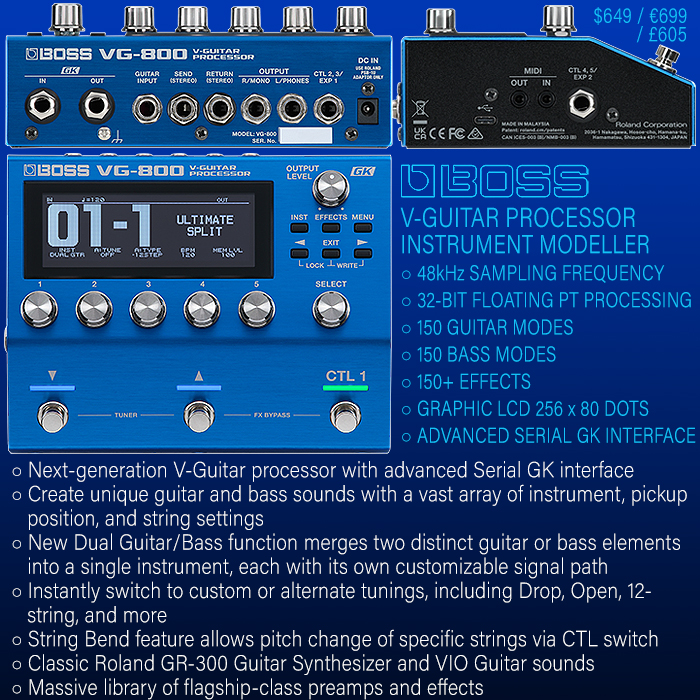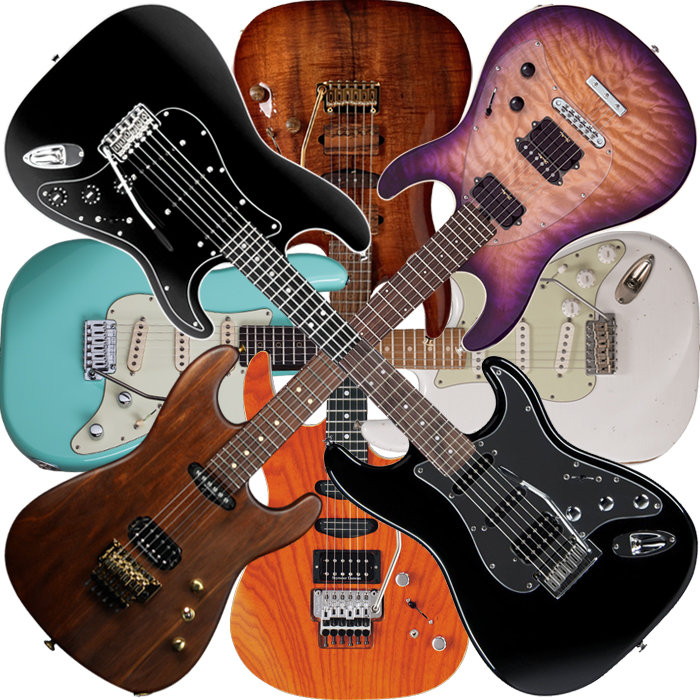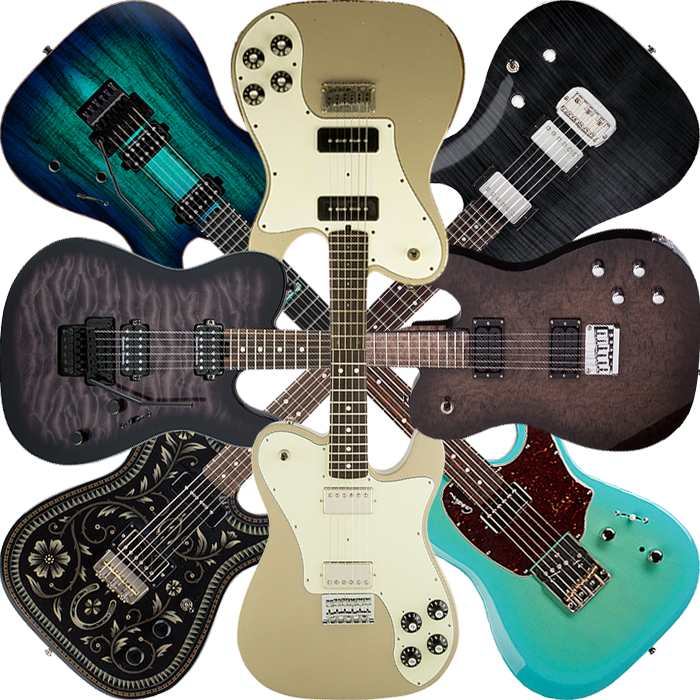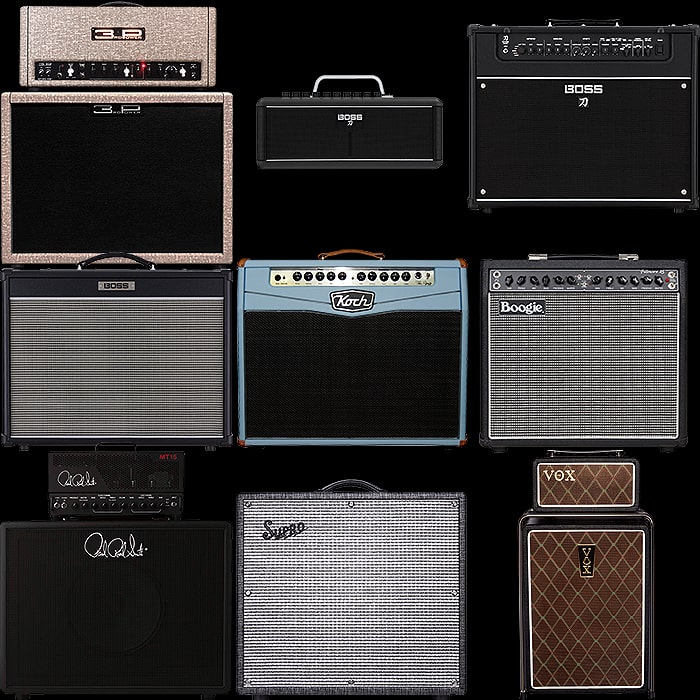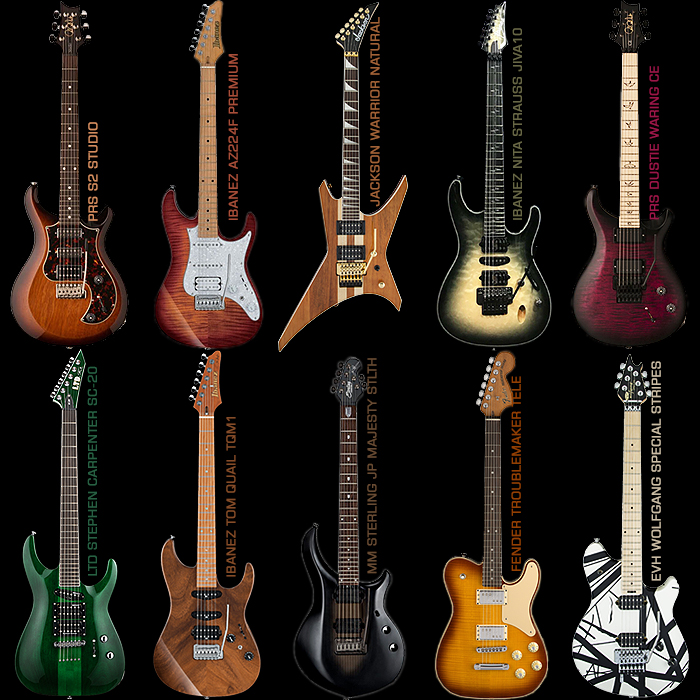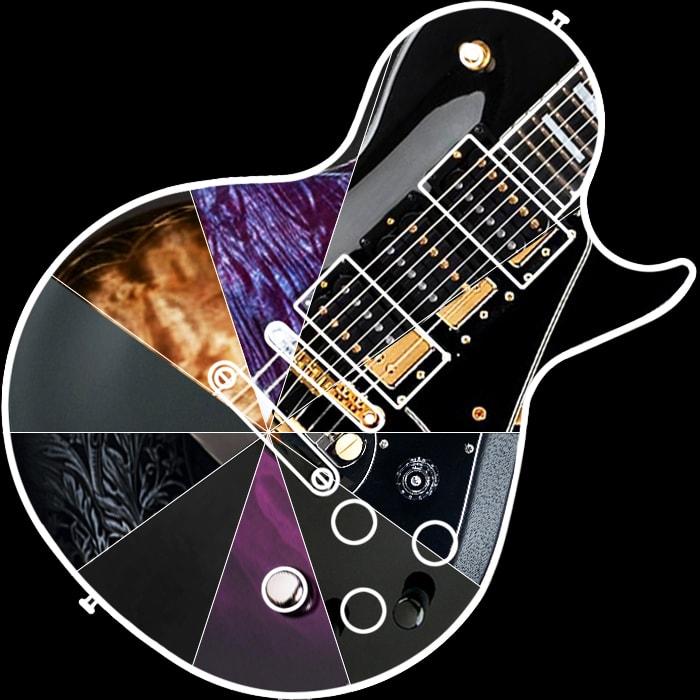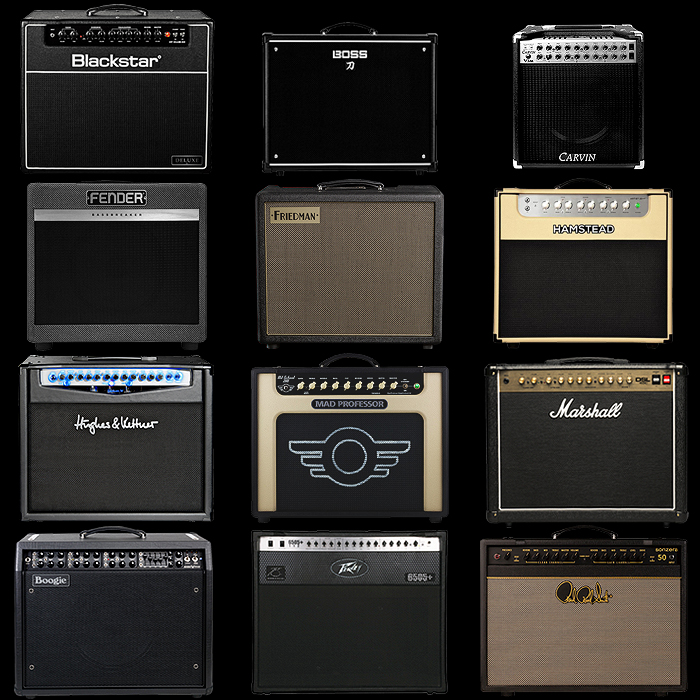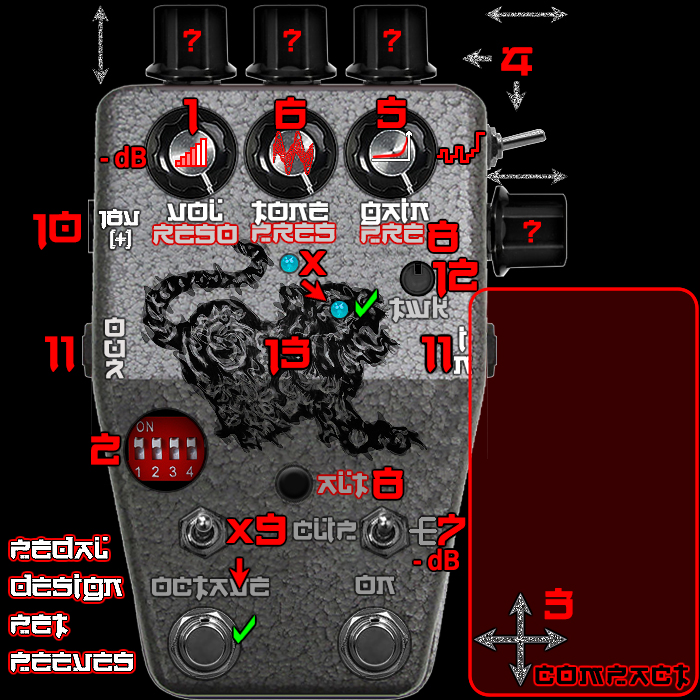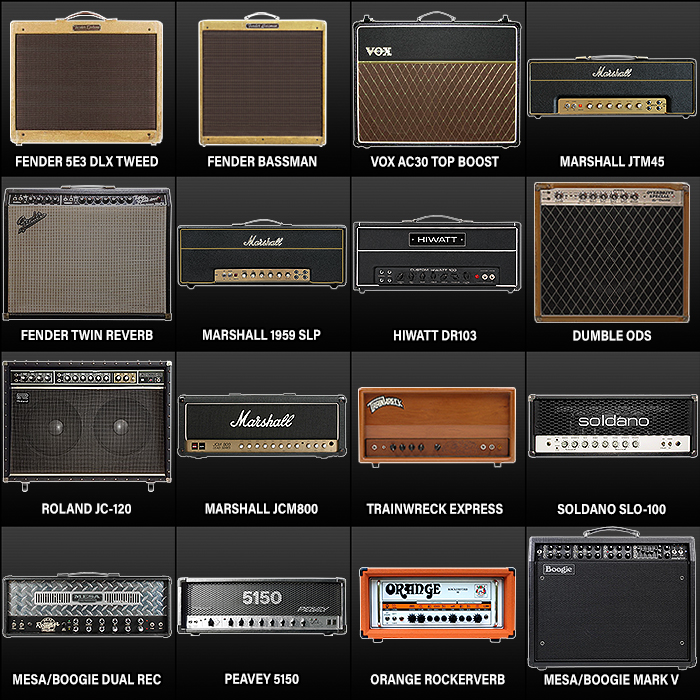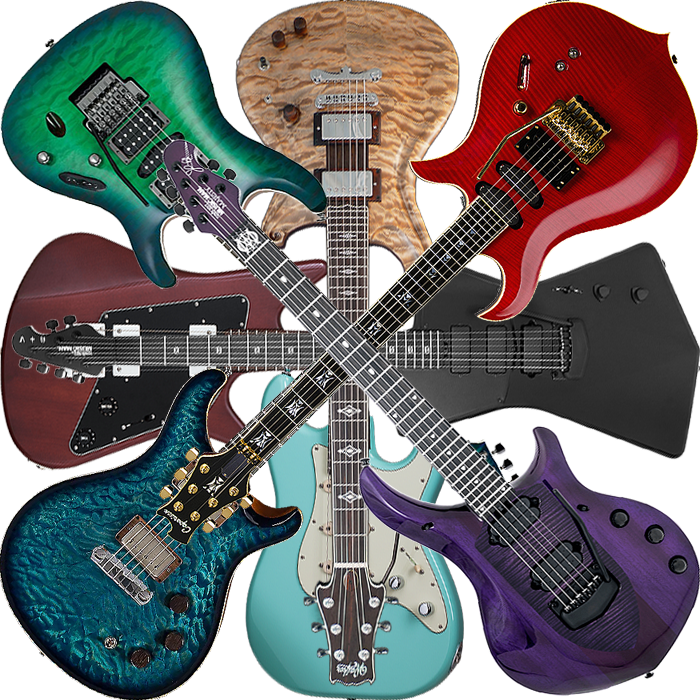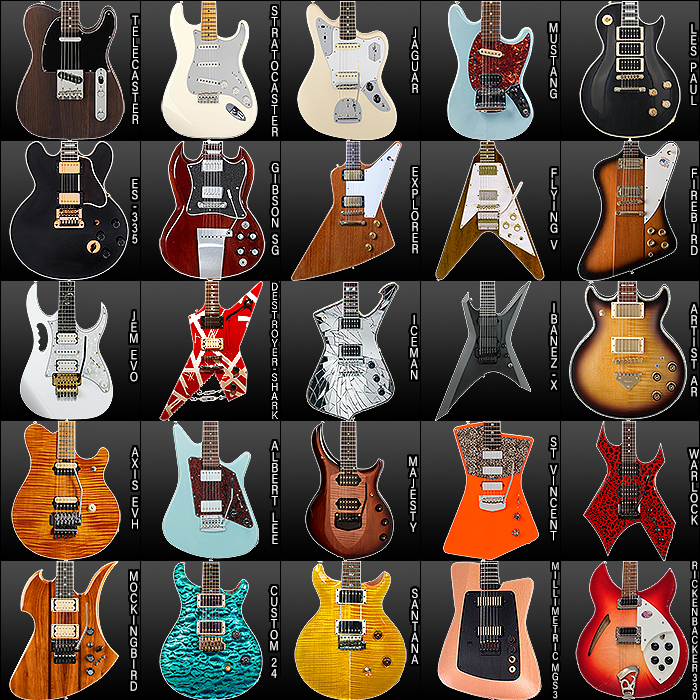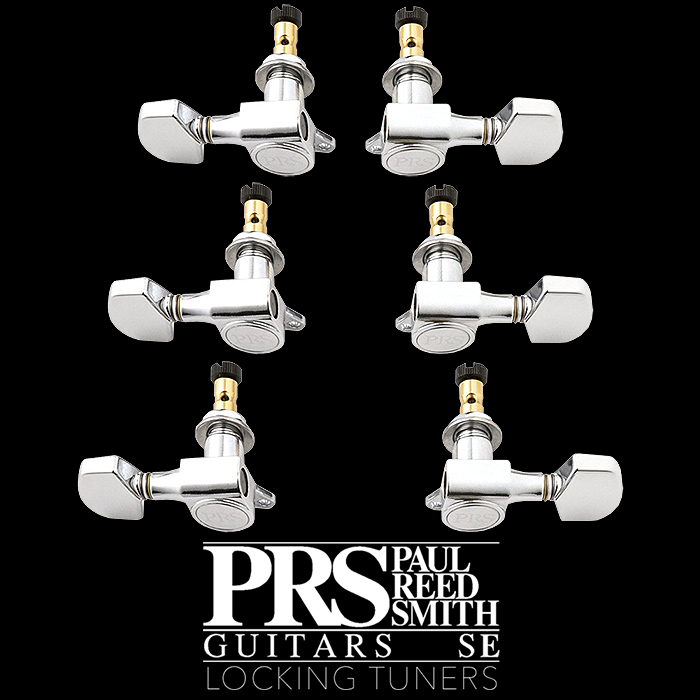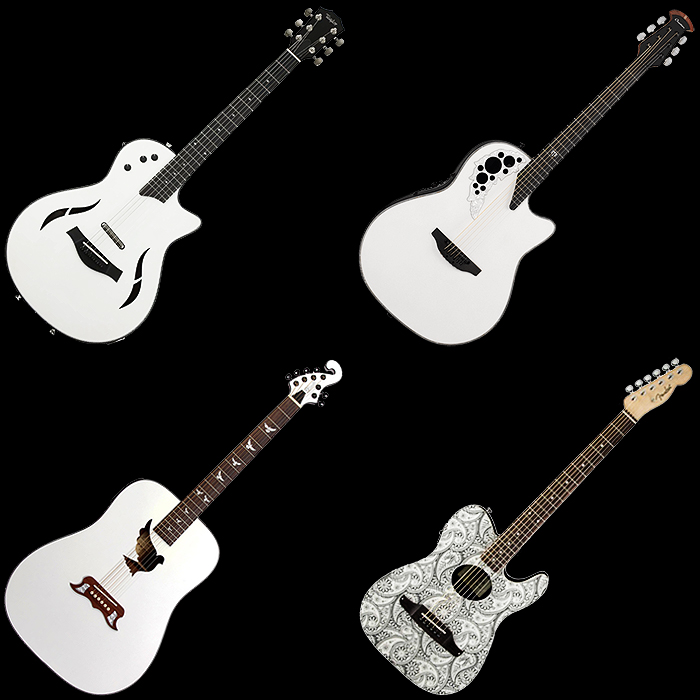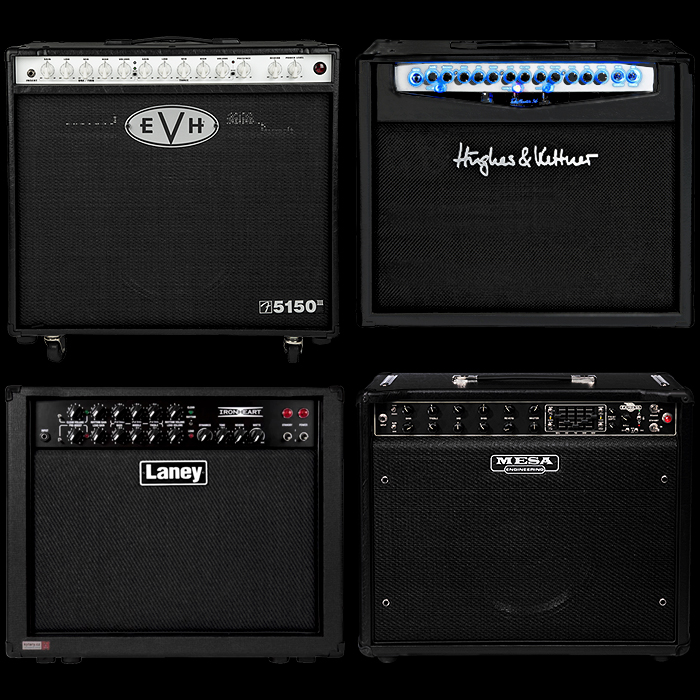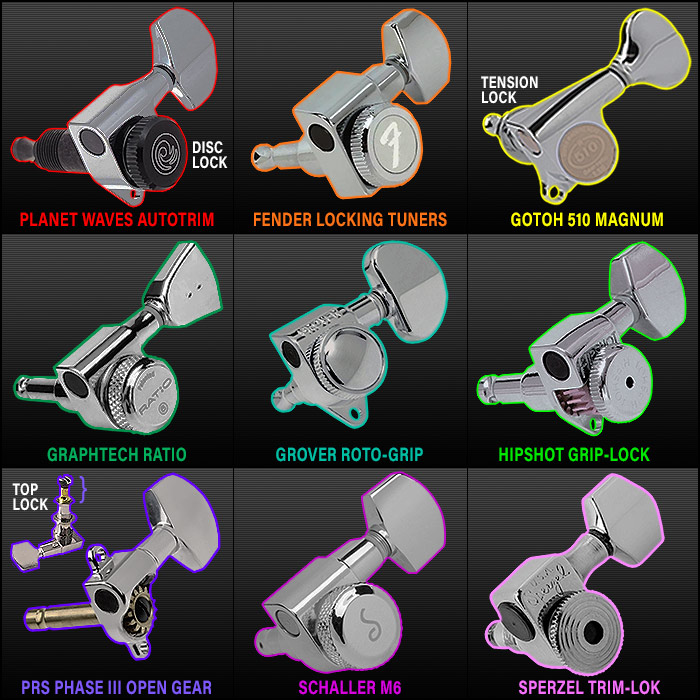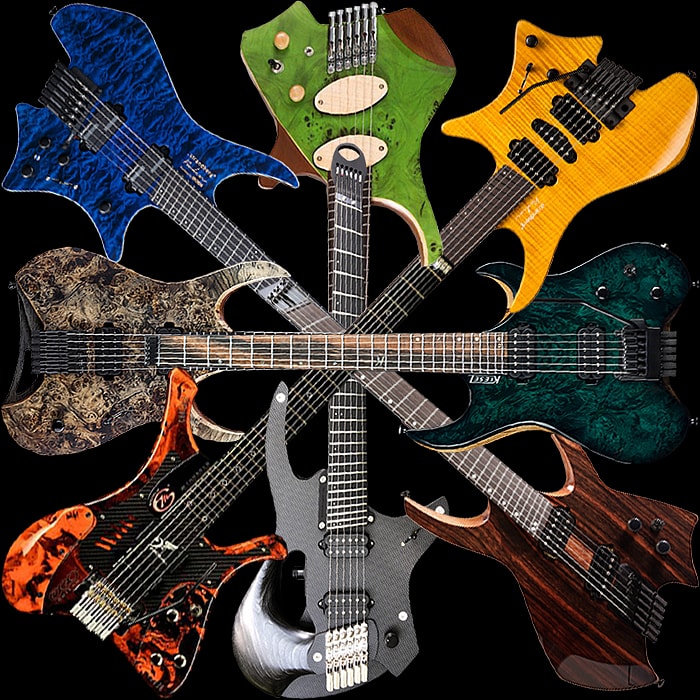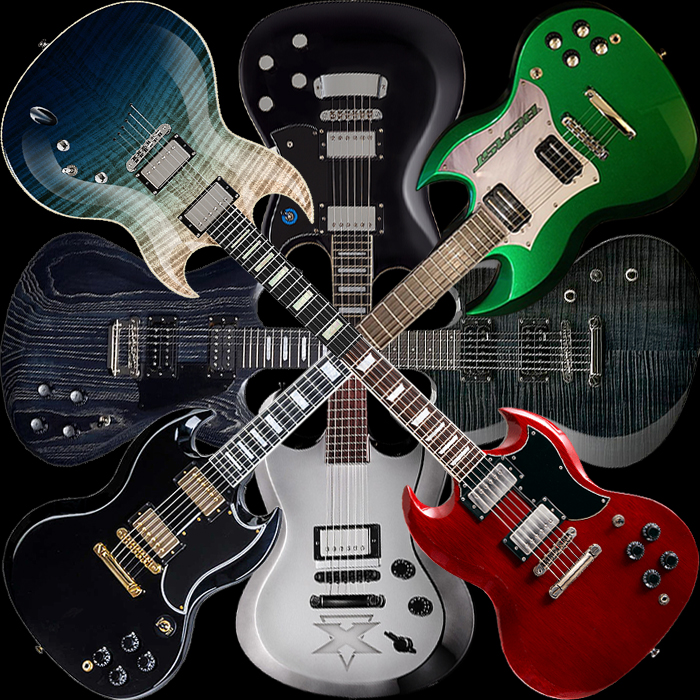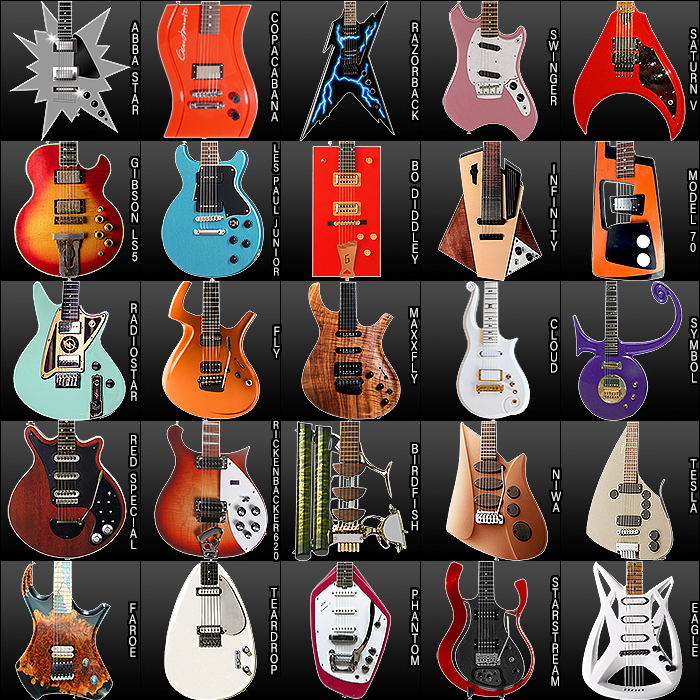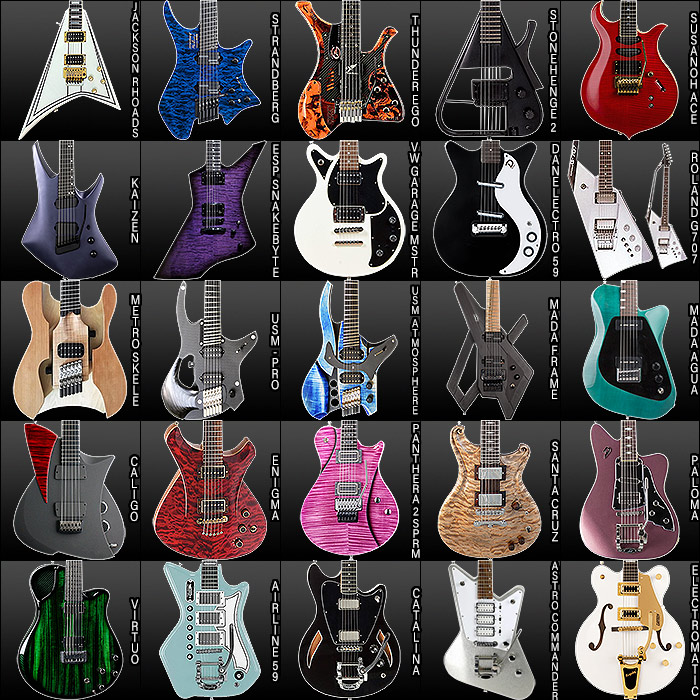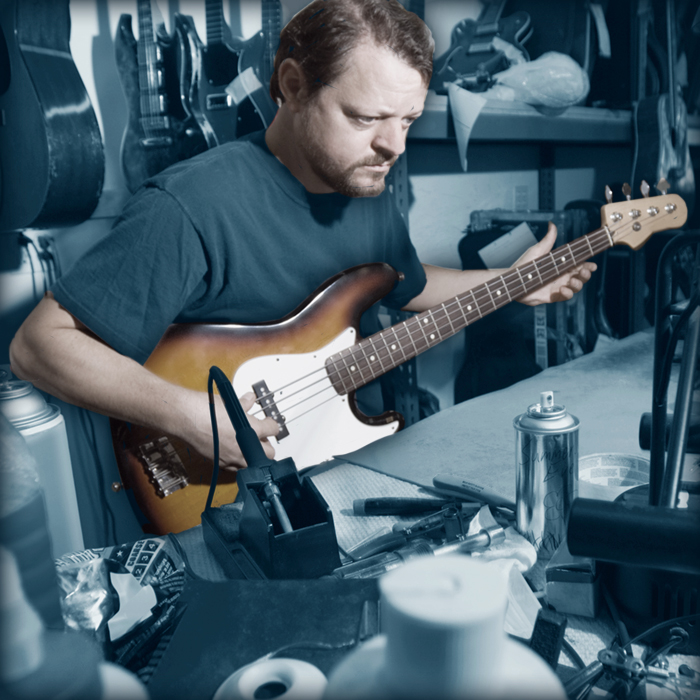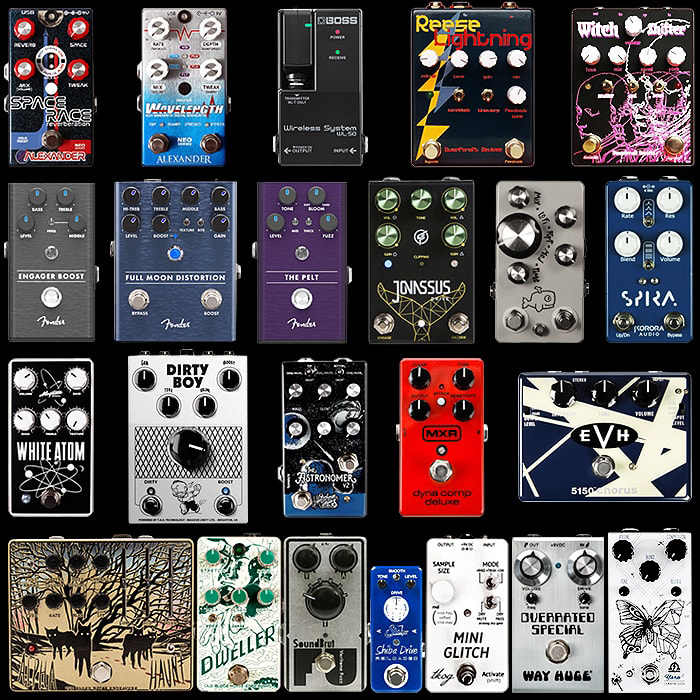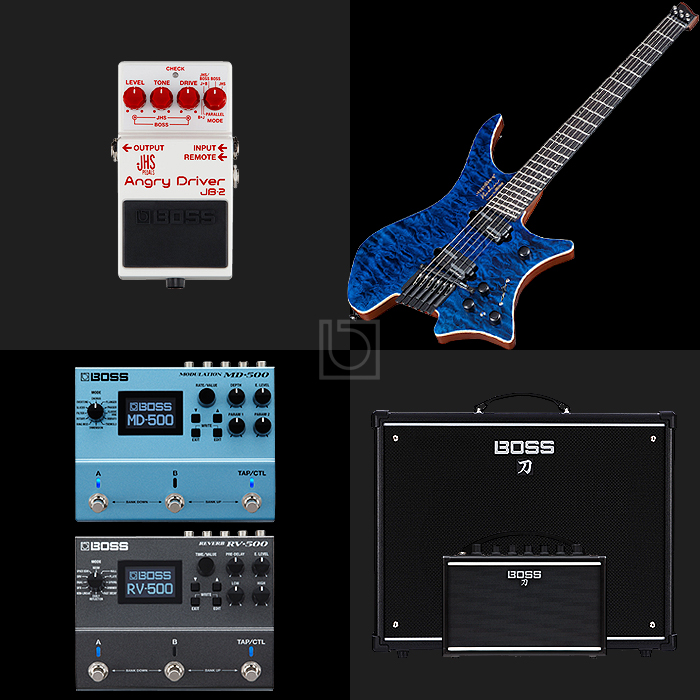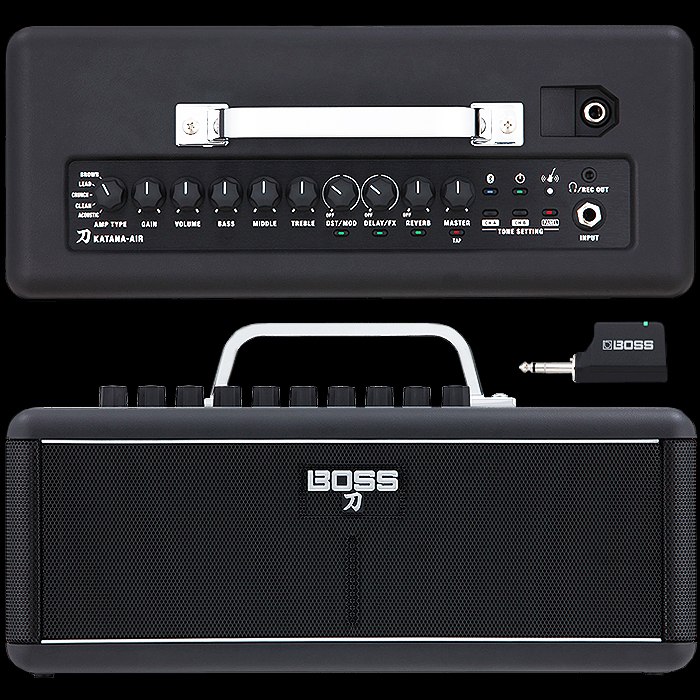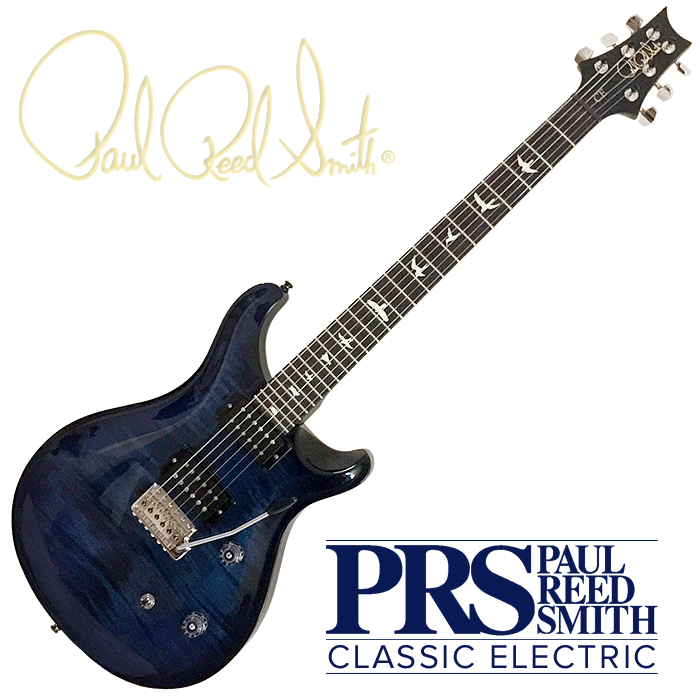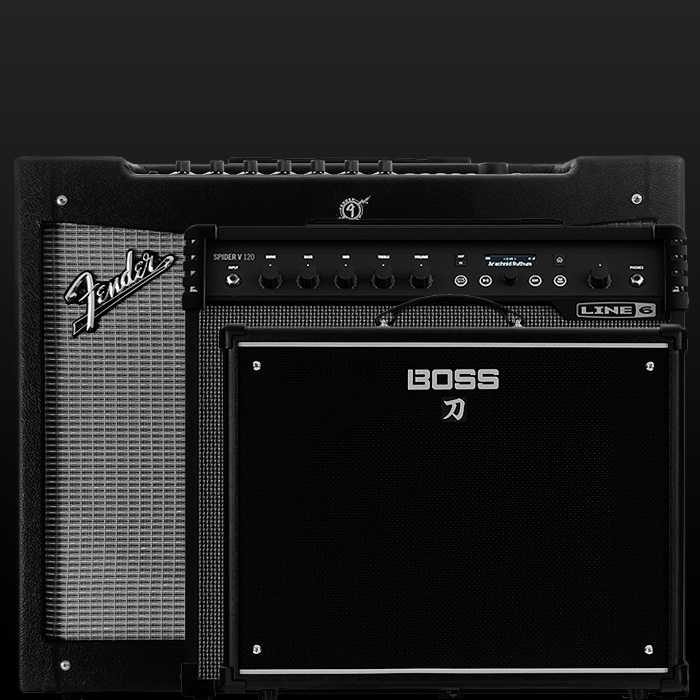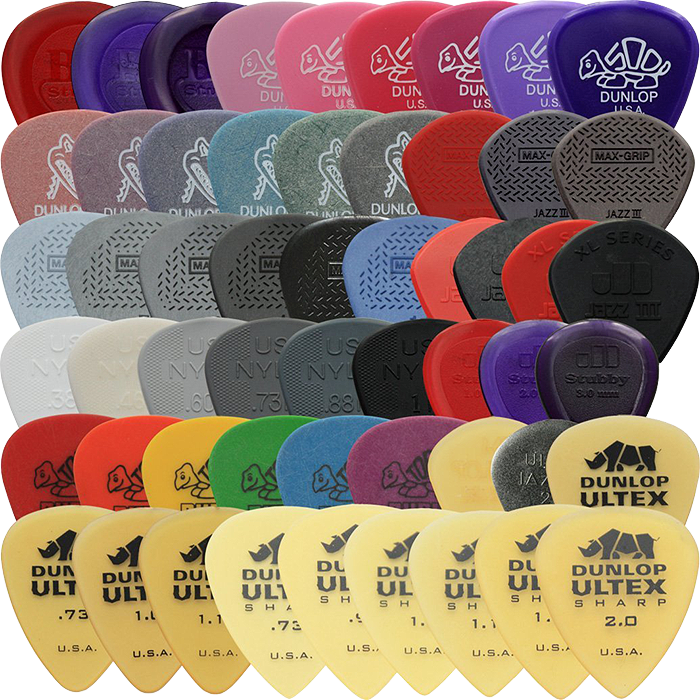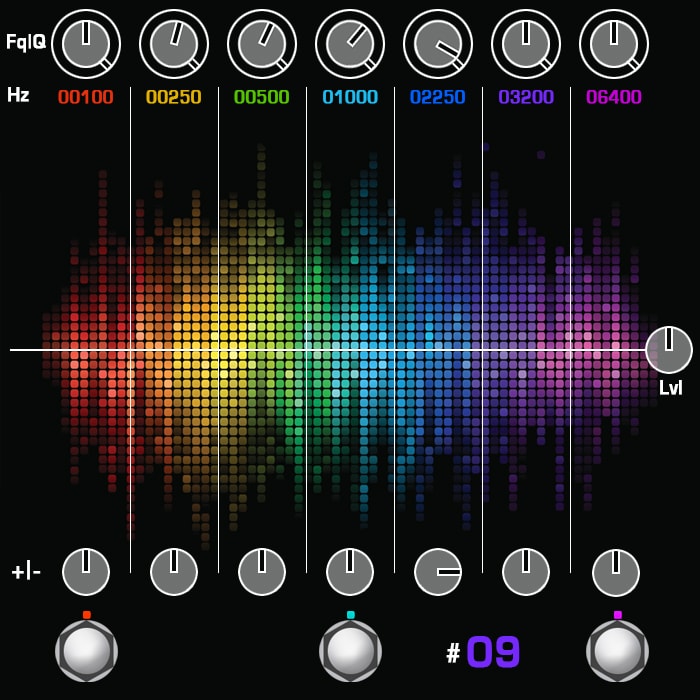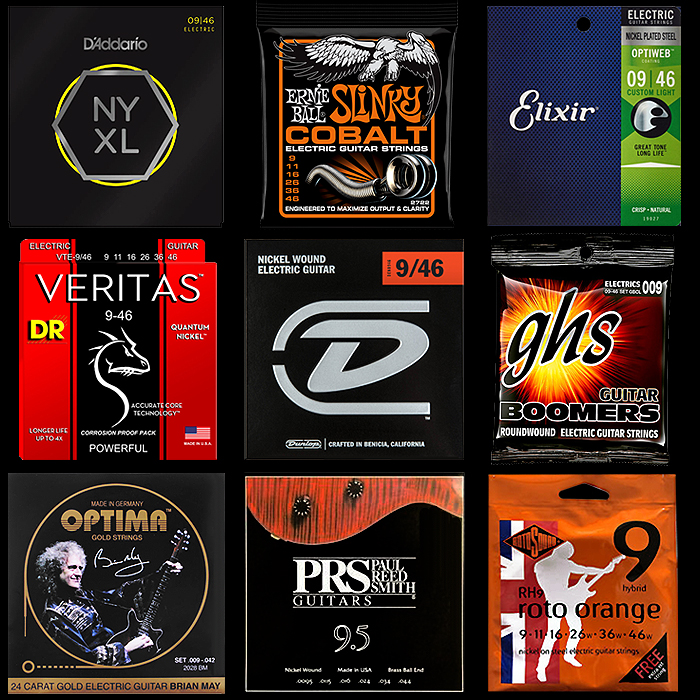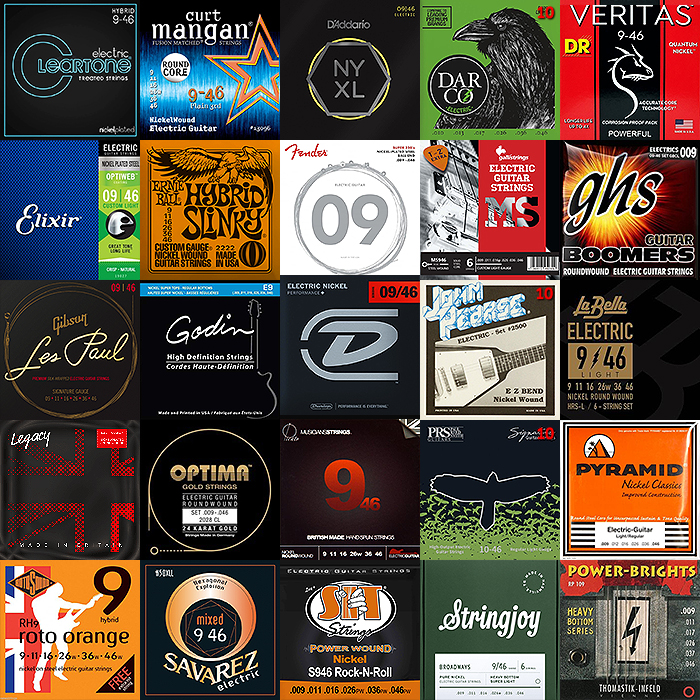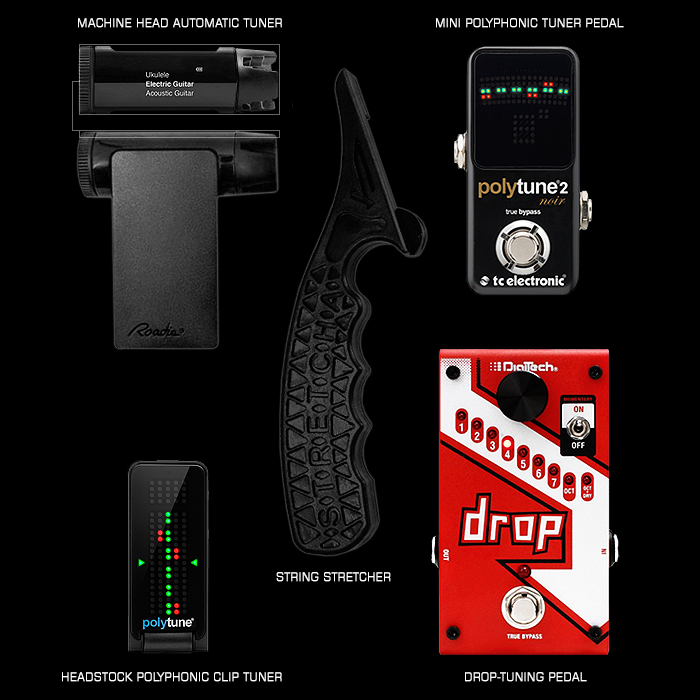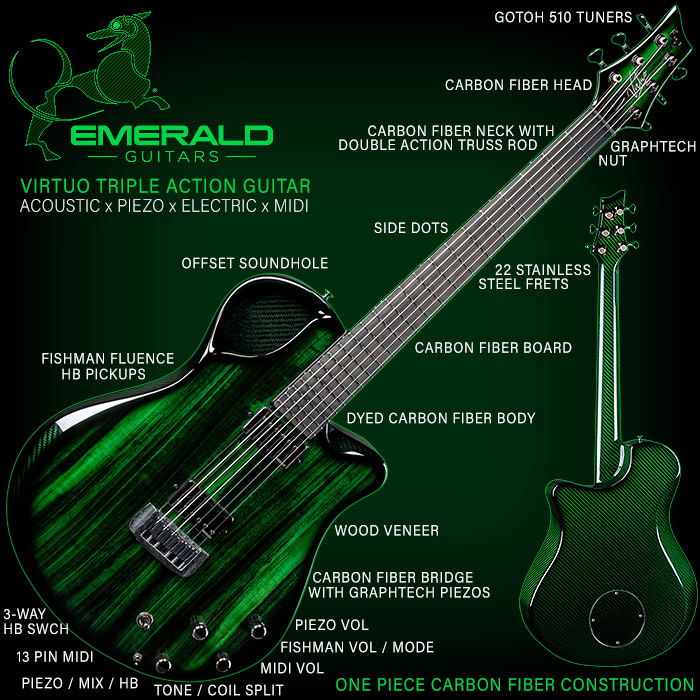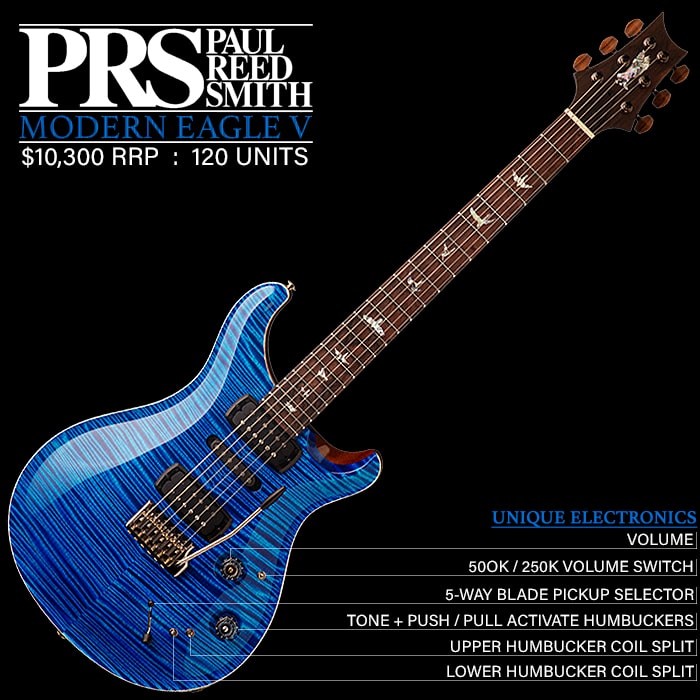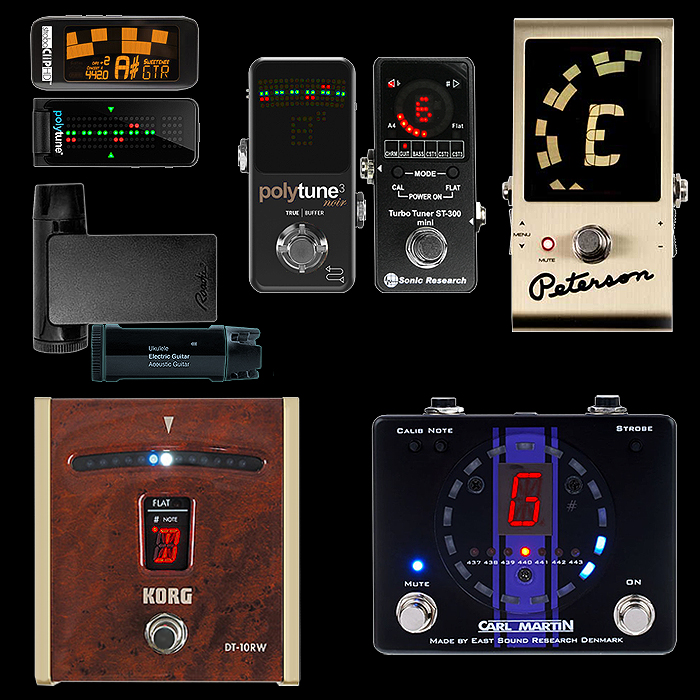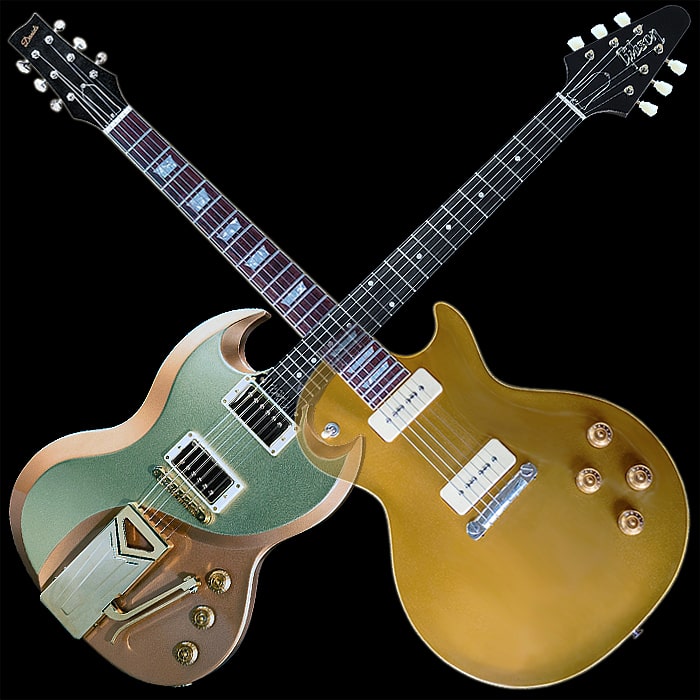Further Thoughts on Guitar Tuning Fidelity, Locking Machine Head Types and Arrangement

The last time I covered this subject - ’The Shape of a Guitar’s Headstock has a significant impact on Tuning Stability’ I focused more on what the issues were rather than the solutions. Here I will go into slightly more detail about the science of guitar tuning fidelity and all the little gains that can be made by doing things properly! This article was sparked in part by my recent article on 9 ’SG’-style guitars, where I really decided for once and for all that I would never buy a guitar with a compromised or flawed design feature - and the traditional SG as a grand couple of those.
There’s quite a lot of grey-science around guitar tone - on subjects like tone-woods and the validity and accuracy of different tuning and fretting system - multi-scale, True-Temperament, and even differently engineered bridges which are supposed to give you better intonation. On the question of tone-woods - I am a believer! I just don’t think the science is quite there to be able to pick up all the minute details that really make the difference. People have spent centuries trying to decode the secrets of the 650 or so classic Stradivarius violins - and yes there is a difference, but he took those secrets with him to his grave.
I am focusing on the upper part of the guitar again - on the headstock shape, but more importantly really the format and layout of the tuning pegs and posts. All the headstock designs featured in the above visual are optimally ergonomically designed bar one - as indicated by the ’not parallel’ symbol. For the perfect conditions for optimal tuning fidelity to occur I believe the following 4 criteria are of critical importance:
- Minimal distance or ’drop’ between tuning posts and nut
- Maximum equivalence of active string length - i.e. total distance combined and acute difference in post-to-nut length
- Parallel string entry into nut slots to ensure optimal glide
- Locking Tuners which properly anchor the head of the string eliminate unnecessary post windings
For me the type of Machine Heads used are key, as are their arrangement.
Optimal Tuning Posts / Tuning Pegs Arrangement
In the centre square of the above visual we can see the 6 main strings travelling downwards in a totally parallel trajectory - which is fully perpendicular to the nut. This means that the strings encounter the minimum degree of friction in passing through the nut slots, and are unlikely to stick and judder like they might do on a more traditional rectangular headstock - where the position of the tuners means that the strings are travelling to and through the slots at rather acute angles. This is categorically just poor system design and should be avoided!
There are a number of companies that have the formula spot-on - as is typified that they use the same optimal headstock design on pretty much all their guitars. These two companies in particular are Ernie Ball MusicMan and PRS as featured in the top row. In fact PRS's earliest headstock shape - as found on the signature Santana guitars is the original more rounded trapezoid version. While soon after models inherited the asymmetric curve with the higher left-hand horn. I actually prefer the Santana version - as I find it both more practical and more symmetrically pleasing. Anyone who has owned a pointy guitar will know that those points pretty soon get blunted as you inadvertently knock into furnishings while moving around with your guitar. So the Santana style headstock is actually the better scientific shape as it's less likely to chip on impact.
If we look at the very first example - the MusicMan headstock - this is like a beautifully compacted and modernised version of a classic Fender Strat headstock - which absolutely meets the requirement on the parallel strings passage through the nut and the minimal windings by using locking-tuners. It does however suffer a touch in the string drop distance as its triangular layout does not have the same degree of equivalence or efficiency as do the more trapezoidal examples featured on the right hand side of the visual. The trapezoidal shape is in fact the most scientifically efficient shape here in ensuring parallel string passage along with minimal drop.
It's kind of amusing to see that Shechter's optimal headstocks are sort of reverse version of the MusicMan and PRS ones - and the same goes for the Washburn one - which differs only very slightly from the Schecter which has more of a wave shape than a curve. Warmoth's modern neck headstock may be a touch bland, but it's ergonomics are spot on also. The only one that does not pass the critical glide test is the beautiful Scott Walker headstock - those are really beautiful guitars, but alas the headstocks are not optimal, as can be seen how none of the strings enter the nut slots perpendicularly / parallel. You can imagine on a Gibson headstock which is rectangular - how acute some of those angles of entry will be - and hence why so many Gibsons experience tuning problems. If you have a Gibson with a traditional headstock, you need to lubricate the nut liberally and then pray that the strings don't stick. In fact were I ever to acquire a Gibson - say as a gift, the very first things I would do is to get a Dietrich Parts String Butler - which ensure that the strings enter the nut in perfect parallel orientation. It does seem silly to me though that you need to put in a band-aid to make a core function of that device work properly. The same is true of Fender-style headstocks but too a much lesser degree - they achieve the correct parallel entry point, but the drop is far too long, and you see string trees and other guides to enforce the channels that the strings must pass through - in other words another design flaw. The MusicMan headstock is the natural evolution and correction of the original Fender style shape - that layout eliminates the need to use string trees.
Again referring to the visual above - you can see that the 3-a-side is the optimal arrangement for the tuning posts - to enforce correct parallel passage of strings and minimum drop between posts and nut. The locking tuners then eliminate the extra windings you need to make on standard tuning posts to ensure that the strings are properly anchored. Scientifically the more excess string you have - the more impact a slight temperature variation will have if the string contracts or expands - and thus the less likely it is to stay in tune - even if it only by rather small margins. Even if you don't believe in the tuning benefits of locking tuners - you have to concede that changing strings is far quicker and easier this way - if I were a guitar manufacturer I would have a policy of locking tuners on all my guitars - even the Floyd Rose ones with locking nuts - it's just a far more accurate and efficient means of anchoring your strings at the top-end of your guitar.
5 Main Types of Locking Tuners
There may be more - but these are the ones that I am most familiar with:
- Auto-Locking (e.g. Gotoh) - these do away with the usual disc or bolt design of locking clamps, and instead have an internal mechanism which clamps down on the string as you turn the tuning pegs - i.e. the clamping occurs automatically
- Top-Locking (e.g. PRS) - the advantage of these is that they are more streamlined and lighter - here you have just a top-loading screw bolt as such which clamps / locks down the string before you tune via the tuning pegs
- Back-Locking (e.g. Schaller) - this is the most common design of locking tuner - where a sort of disc-like thumb screw sits on the back of the tuner for you to clamp down on the string - here you need no tool, while for the PRS type you need to use either a 'strong' pick or a wide flat screwdriver
- Back-Locking with string trimmer (e.g. Sperzel) - this is the same back-disc design, with the added bonus of a sort of clipper blade at the end which lops of the excess string as you tighten the disc
- Back-Locking with Varying Gearing Ratios (e.g. Graphtech) - these are currently the flavour of the month - as supported by Phillip McKnight and Henning Pauly for instance - here you have the usual back-locking discs, but the gearing of each tuner is designed to optimally match the tuning characteristics of each relevant string
8 of the Best Locking Tuner Sets
(Based on 3+3 layout - standard Chrome or nearest equivalent)
I keep feeling I've left out something obvious here, but these are the key locking tuner sets out there in the marketplace as far as I am aware - obviously pricing and quality can vary somewhat:
- Gotoh 510 Delta Series Chrome Auto-Locking Tuning Keys - £165
- Gotoh 510 Delta Series Chrome Back-Locking Tuning Keys - £145
- Graphtech Contemporary Chrome Ratio Locking Tuned Machine Heads - £140
- Grover Roto-Grip Locking Rotomatics Tuning Machines - £140
- Planet Waves Auto-Trim Tuning Machines in Chrome - £65
- PRS Phase III Open Gear Locking Tuners in Nickel - £176
- Schaller M6 Locking Machine Heads - £110
- Sperzel Trim-Look Locking Machine Heads - £75
Final Thoughts
I sort of challenged Paul Reed Smith at a clinic once on the point that if he valued quality of instrument so much, why did he not include locking tuners as standard on all his guitars - including all the SE range - I was kind of cut off mid-flow by a burly assistant. Yet it does strike me as odd why not one manufacturer as far as I'm aware has the core mission statement to include locking tuners for all its customers - after all - it's probably the cheaper guitars and the beginners that need them the most.
I have a Mark Holcomb Signature SE - and the very first thing I had to do with that was to replace the tuners with some black chrome Schaller M6's which look and perform tremendously. Step 2 for me is always to apply Schaller strap-locks which I also love. I know that Henning Pauly has some sort of bee in his bonnet about Schaller, but I've had nothing but great experiences with them, and I believe all the MusicMan tuners are still supplied by Schaller.
I like companies with core philosophies about ergonomics and proper optimal scientific design which stands rigorous testing. We guitarists with scientific leanings though are rather few and far between as most players are still happy to go for Fender and Gibson - while I would always gravitate more towards MusicMan, PRS and Schecter. I don't really care who invented a thing, I care who makes the best possible instruments without compromise to design or function, and the three aforementioned companies are my own personal picks.
I don't buy a three-wheeled car because it's unstable, I don't buy tight jeans, because frankly I'm not that much into nutcrackers, and I won't buy a guitar which is compromised by its design. Whether it be the wrong type of headstock, an impractical position for the input jack, or an impractical layout of the pickup and tone controls. There's a reason why the modern motorcar has evolved along the lines it has - you won't see me in a Model T-Ford just because it's a classic - no I want the full protection of a Volvo roll-cage and air-cushions, the relief of a cooling air-conditioner, and the home-comforts of a surround-sound ICE and heated seat! If Jimi Hendrix were alive today, I'm not sure he'd be playing an old 60's style Strat - he would have moved with the times and found his home at MusicMan, PRS or someone else more modern - after all he was a pioneer, innovator and experimentalist ...
The one think I can't quibble on is tone and sound quality really - some of those older-styled instruments truly sound great, but that has nothing to do with their design flaws - it's more to do with the overall quality of the woodwork, pickups, electronics and defined placement of key contributing factors. I largely like the look and sound of an SG for instance, but would never buy one with that traditional headstock - or straight-up input jack placement. That's just old-school stick-in-the-mud-madness!
As for a preference for a particular brand of Machine Heads, I'm kind of currently in the PRS and Schaller camp at the moment, but I think all the high end ones have good quality now, and I would really like to check out some Graphtech ones at some stage. I'm not that bothered by the Top-locking vs Back-locking thing - I find both methods work well, and if you're at all concerned by weight, then the top-locking open-back versions are the ones to go for!







